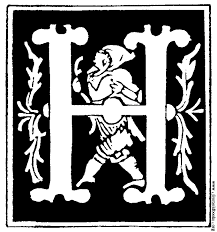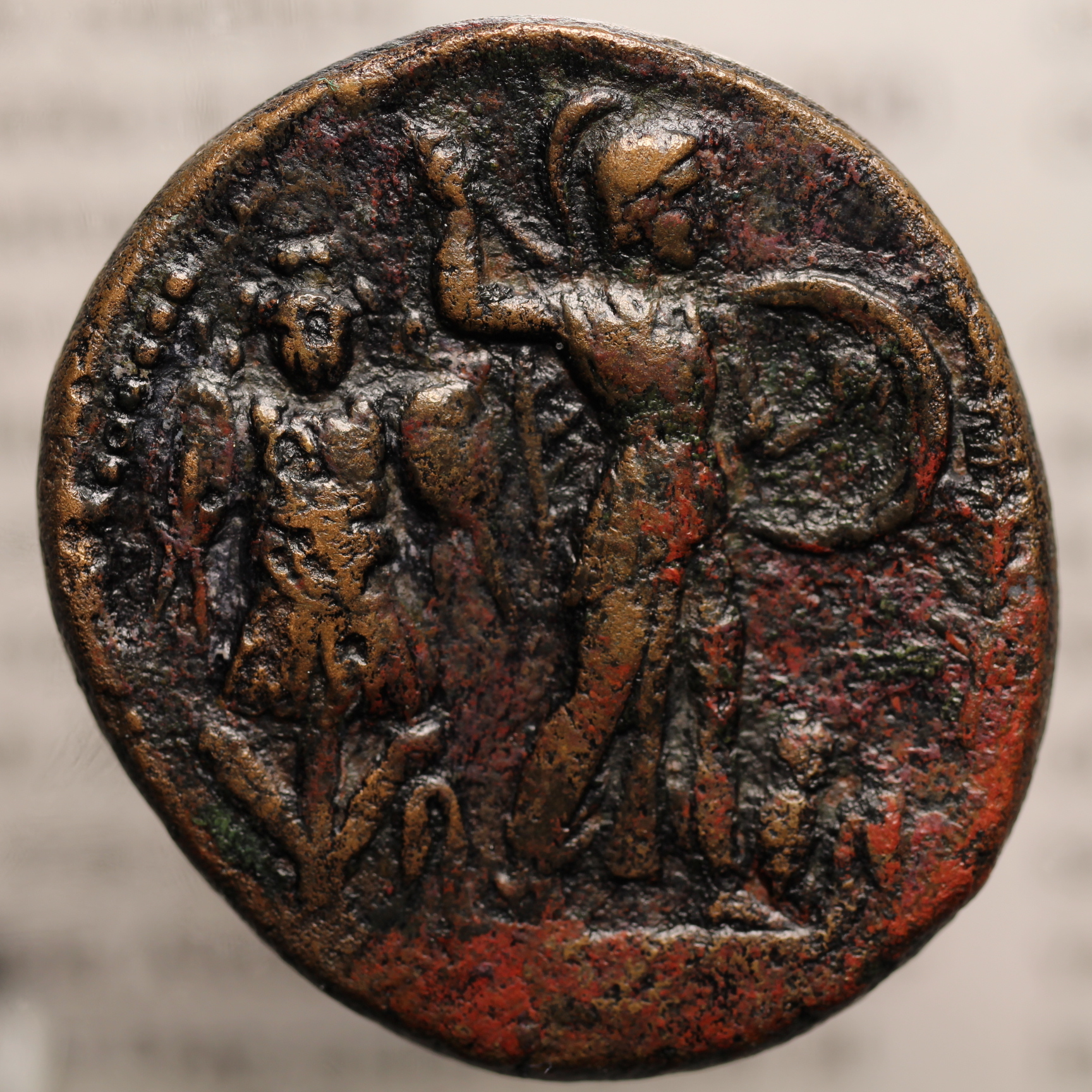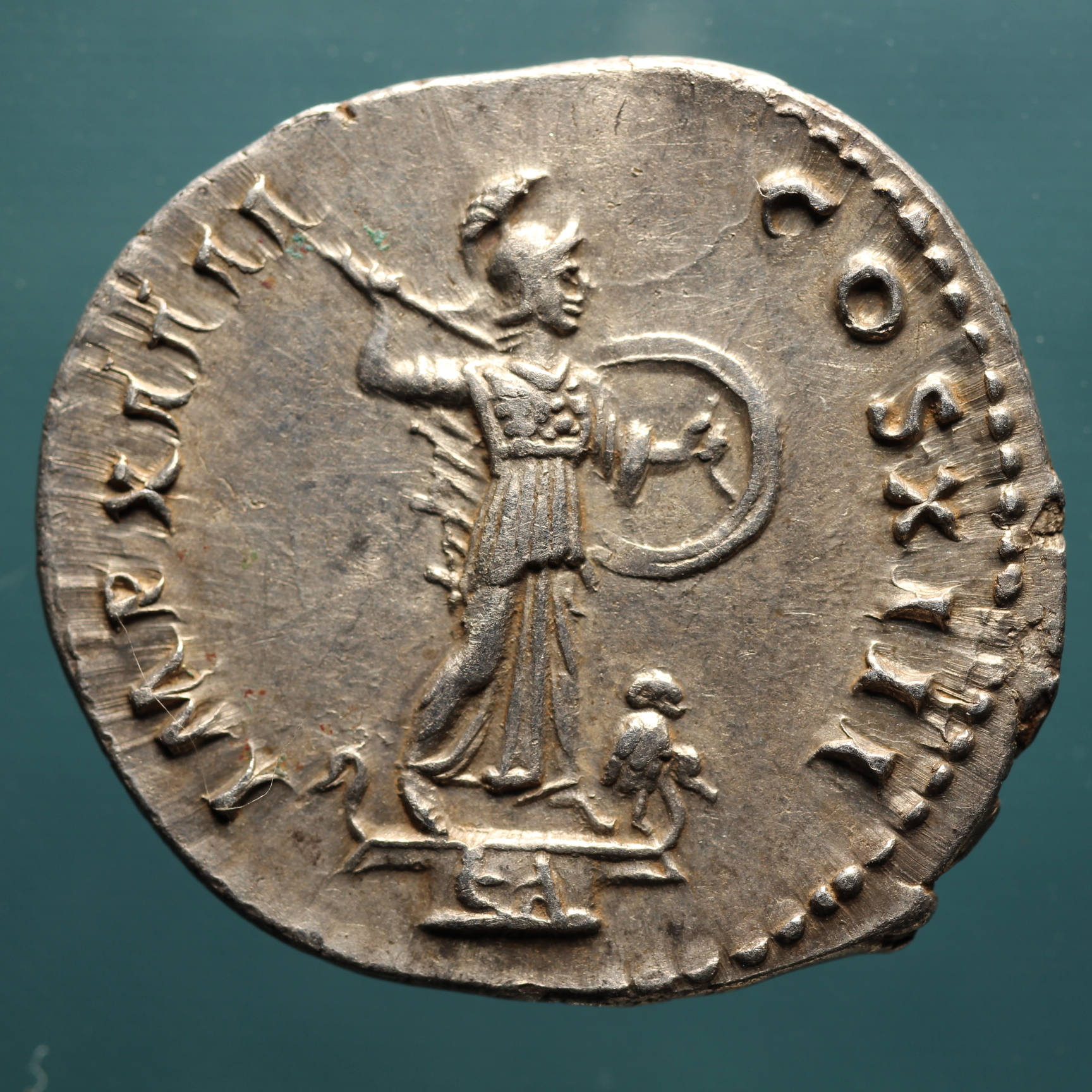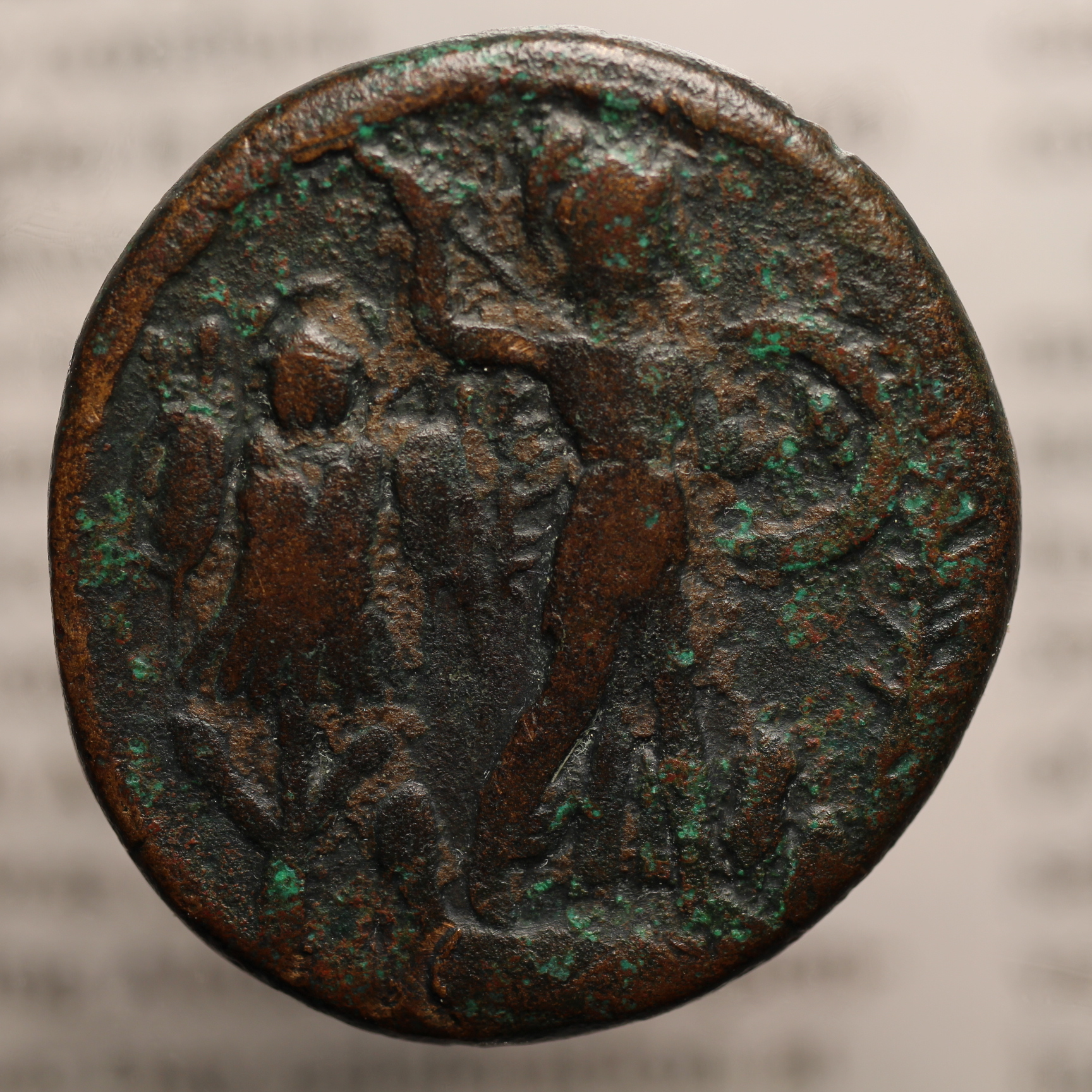 APPY PALM SUNDAY everyone! Luke's is the lectionary gospel this year, so we won't be reading about palms in church today. That's in Matthew. But palm branches were the traditional symbol for victory in the ancient world and suitable for Christ's triumphant entry into Jerusalem, which we celebrate today. At our church the school kids will be trooping up and and down the aisles waving palm branches while we sing All Glory, Laud, and Honor, which is quite stirring. I'm looking forward to that. Only a week left to go until Easter, a late Easter at that, and we still have slush and snow and ice everywhere here in Wisconsin. Ugh, that seems so wrong, but there you go.
APPY PALM SUNDAY everyone! Luke's is the lectionary gospel this year, so we won't be reading about palms in church today. That's in Matthew. But palm branches were the traditional symbol for victory in the ancient world and suitable for Christ's triumphant entry into Jerusalem, which we celebrate today. At our church the school kids will be trooping up and and down the aisles waving palm branches while we sing All Glory, Laud, and Honor, which is quite stirring. I'm looking forward to that. Only a week left to go until Easter, a late Easter at that, and we still have slush and snow and ice everywhere here in Wisconsin. Ugh, that seems so wrong, but there you go.
My coin this week, appropriate to the season, is from the Roman province of Judaea, the mint of Caesarea, struck between 83 and 91 A.D. Here is RPC 2304--


The statue of Minerva on the reverse of this coin, along with the goose-neck appendages projecting up from the base she's standing on and the owl, ought to be familiar from last week. For comparison, here is a reverse of a denarius shown last week, RIC 518 var, along with RPC 2304 and a duplicate of RPC 2304 in the Hazelton coll. (duplicate on the right)--



What seems to be missing from Minerva's statue is the decorated base itself, which we identified last week as a ferculum, a processional litter carried in the circus parade in Rome and in triumphs; I will address this issue in a moment. Two new features have been added, a trophy on the left of the statue and a palm branch on the right. (The palm branch is more distinct on the duplicate.)
It seems logical to me that the Minerva statue on the denarius has inspired the designer of the provincial coin in some way. Perhaps he copied it outright. What's the scenario here? Did he get a hold of the denarius and, in a fit of monkey-see monkey-do, start striking coins, after first adding a couple of random elements, the trophy and the palm branch? Or was there a bigger plan?
As already pointed out in a previous article, "A XXIIIrd Imperatorial Acclamation: Domitian AE 26, RPC 2308," the anticipated consumers for the products of the Caesarean mint were active-duty military personnel, Legio X Fretensis, stationed in Judaea, and also military veterans settled there. Perhaps, upon seeing the denarius, the designer didn't know what it meant, and so he would have asked somebody.
"Why, that's the processional image of Minerva," he would have heard explained by one of the veterans. "When we marched in our triumph in Rome after the Jewish War, that was one of the parade floats in the procession." Or maybe he already knew it, that's possible too.
Behind Minerva is a war trophy, also carried in a triumphal procession. Ahead is a palm branch, another symbol of victory, carried in the same procession. Without a new interpretation, this reverse is gibberish, three random elements, an iconographic salad, however with a new interpretation the meaning is clear. A palm branch, symbol of victory; followed by Minerva Promachus (the Aventine Minerva) on her processional litter, the base obscured by the heads of the cheering crowd presumably; followed by a war trophy.
In other words, this is an actual view of a Roman triumph, that is, a triumphal procession as celebrated in the city of Rome, a scene familiar to any transplanted Roman living in Judaea but especially familiar to the active military and military veterans resettled around Caesarea.
To them this was a postcard from home.
* * *
My plan was to skip next Sunday, having wracked my poor brain trying to come up with a message both appropriate to the Easter holiday and the M2 reverse, which is essentially a celebration of a pagan goddess. As Paul put it, gods made with hands are no gods at all. Then, out of the blue almost, my friend Alberto Tricarico sent me a couple of pictures from Italy. Suddenly I have a new plan. Thank you Alberto! I will use your pictures next week.

